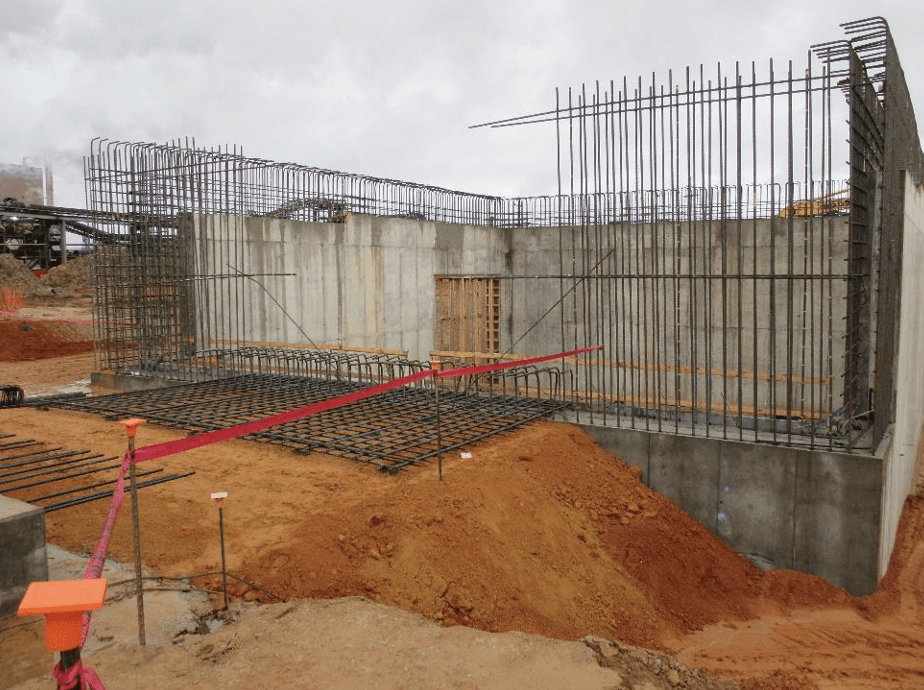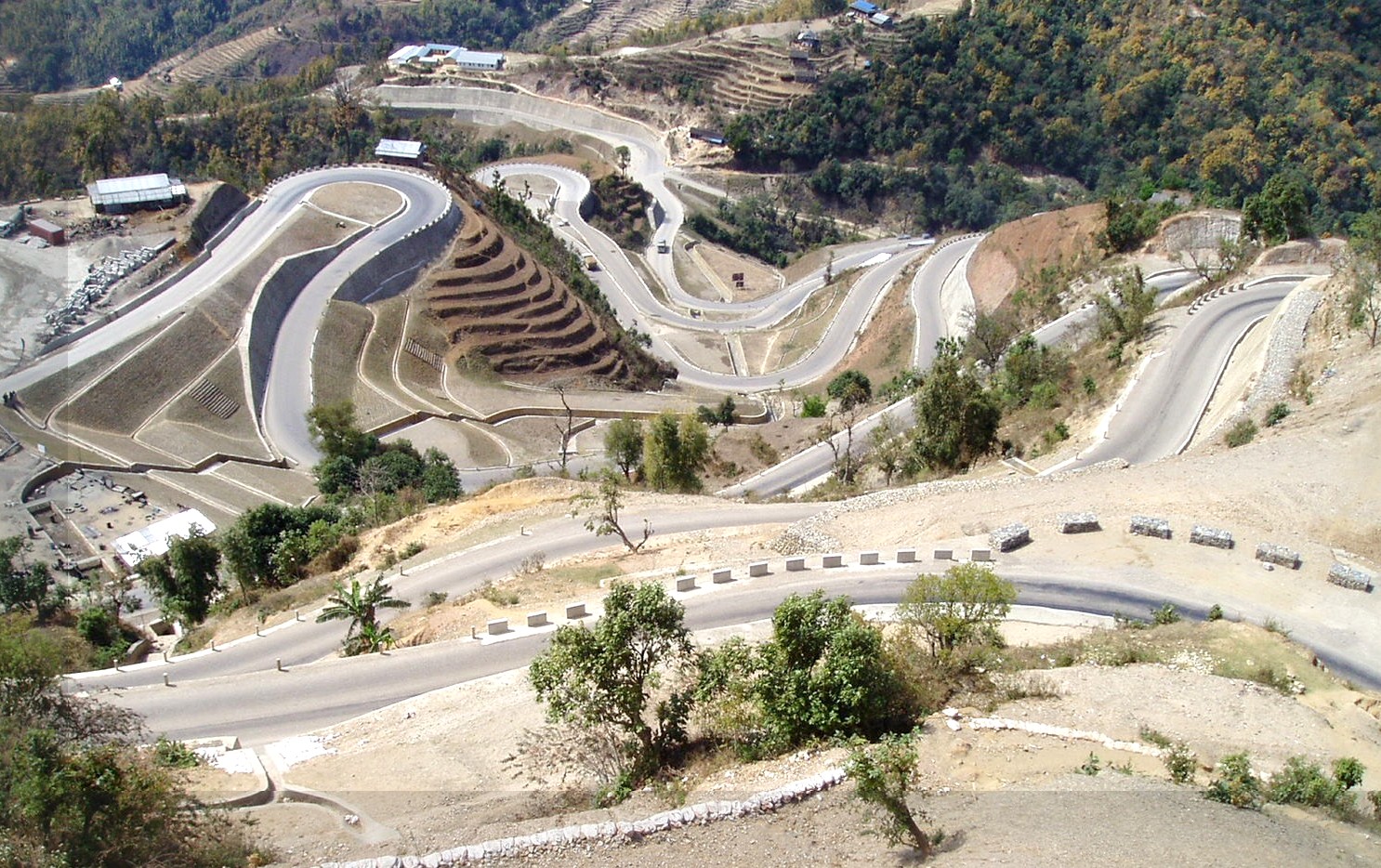Project Geotechnical Engineer for Tailored Site Analyses
Wiki Article
Discovering the Important Function of Consulting Engineers in Geotechnical Projects: An Extensive Summary of Their Payments and Responsibilities
Consulting engineers offer as critical figures within geotechnical projects, tasked with the detailed obligations of examining subsurface problems and ensuring the architectural integrity of buildings. Their know-how not just shapes layout parameters and regulative compliance but additionally facilitates essential communication among various stakeholders, thus boosting task results. The intricacy of their role is additional underscored by the requirement for positive threat monitoring methods and ecological considerations. As we explore the multifaceted payments of consulting designers, it comes to be noticeable that their involvement is important to browsing the obstacles intrinsic in geotechnical endeavors. What details techniques do these experts use to protect job success?Summary of Geotechnical Design
Geotechnical design is an essential discipline within civil design that concentrates on the habits of earth materials and their communication with structures. This area incorporates the research of soil, rock, groundwater, and the auto mechanics regulating their buildings and actions. Geotechnical designers examine the physical and chemical homes of these products to establish their suitability for various building and construction tasks, ensuring that frameworks are established on stable and reputable ground.
Additionally, geotechnical designers have to consider environmental aspects, such as dirt contamination and groundwater administration, to promote sustainable development. Their proficiency is essential in enhancing the layout and building procedures, ultimately adding to the longevity and security of civil engineering tasks.
Trick Duties of Consulting Engineers

In addition, they are liable for developing layout specifications and specs that follow regulative criteria and best methods. This includes assessing website conditions and establishing suitable building methods, which is vital for decreasing risks connected with ground instability.
Consulting designers also act as intermediaries in between various stakeholders, including clients, contractors, and regulative bodies, facilitating clear interaction and partnership throughout the task lifecycle. consulting civil engineering companies. They offer experienced guidance during building and construction, making certain that geotechnical facets are appropriately dealt with and that any unpredicted challenges are taken care of successfully. Ultimately, the multifaceted obligations of consulting engineers consulting civil engineering companies are basic to the integrity and success of geotechnical projects, affecting both security and sustainability in building methods
Site Evaluations and Investigations
An extensive site evaluation is essential for understanding the subsurface conditions that affect geotechnical tasks. Consulting engineers play a crucial role in performing these assessments to guarantee the safety and security and feasibility of construction tasks. This process commonly entails a series of examinations, consisting of soil tasting, borehole exploration, and geophysical studies, to collect essential information on soil residential or commercial properties, groundwater levels, and the geological context of the site.Engineers evaluate the obtained data to determine the prospective challenges posed by the subsurface conditions, such as soil instability or high groundwater levels, which can impact the design and implementation of the job. In addition, website assessments help in assessing the visibility of contaminants, which is essential for environmental conformity and guaranteeing public safety.
Additionally, speaking with designers coordinate with multidisciplinary teams to integrate findings from website investigations into wider job purposes. Via rigorous paperwork and reporting, they give essential understandings that educate stakeholders regarding the suitability of the site for recommended developments. Ultimately, the thoroughness of website evaluations lays the structure for reliable planning and engineering options, mitigating dangers associated with unexpected subsurface problems.
Layout and Danger Management
After carrying out extensive website assessments, speaking with engineers concentrate on the layout and danger monitoring facets of geotechnical projects. This phase is crucial as it makes sure that the engineered services are not only effective however likewise secure and sustainable (consulting civil engineering companies). Engineers utilize their know-how to create styles that resolve the particular geotechnical conditions identified throughout the site analyses, consisting of soil buildings, groundwater behavior, and potential dangersDanger monitoring is essential to this process, as it entails identifying, evaluating, and mitigating prospective threats connected with the job. Designers employ various analytical techniques and modeling methods to forecast the habits of dirt and rock under various loading problems. By reviewing unpredictabilities and possible failure modes, they can recommend layout adjustments that improve stability and decrease threat.
Additionally, consulting designers guarantee compliance with pertinent codes and requirements, which are crucial for minimizing liabilities. They additionally prepare backup plans to resolve unanticipated obstacles that might occur during building. Through careful layout and positive risk management, seeking advice from designers play an essential function in ensuring the security, functionality, and durability of geotechnical projects, inevitably contributing to the total success of the building venture.
Collaboration With Project Stakeholders
Effective collaboration with task stakeholders is crucial for the success of geotechnical jobs. Consulting designers play a crucial role in facilitating communication among numerous celebrations, including customers, specialists, regulative authorities, and environmental specialists. This collaboration makes sure that all stakeholders have a clear understanding of job goals, timelines, and potential threats.Consulting engineers are in charge of incorporating stakeholder input into the design and implementation of geotechnical remedies - consulting civil engineering companies. By actively engaging with stakeholders, they can determine worries early in the task lifecycle, making it possible for timely modifications and mitigating potential problems. This aggressive technique not only promotes trust yet additionally improves project effectiveness
In addition, consulting engineers have to navigate the complexities of regulatory conformity, making sure that all geotechnical methods line up with lawful and ecological requirements. Their expertise around is crucial in maintaining open lines of interaction with regulative bodies, thereby assisting in smoother approvals and permitting processes.
Conclusion

Report this wiki page